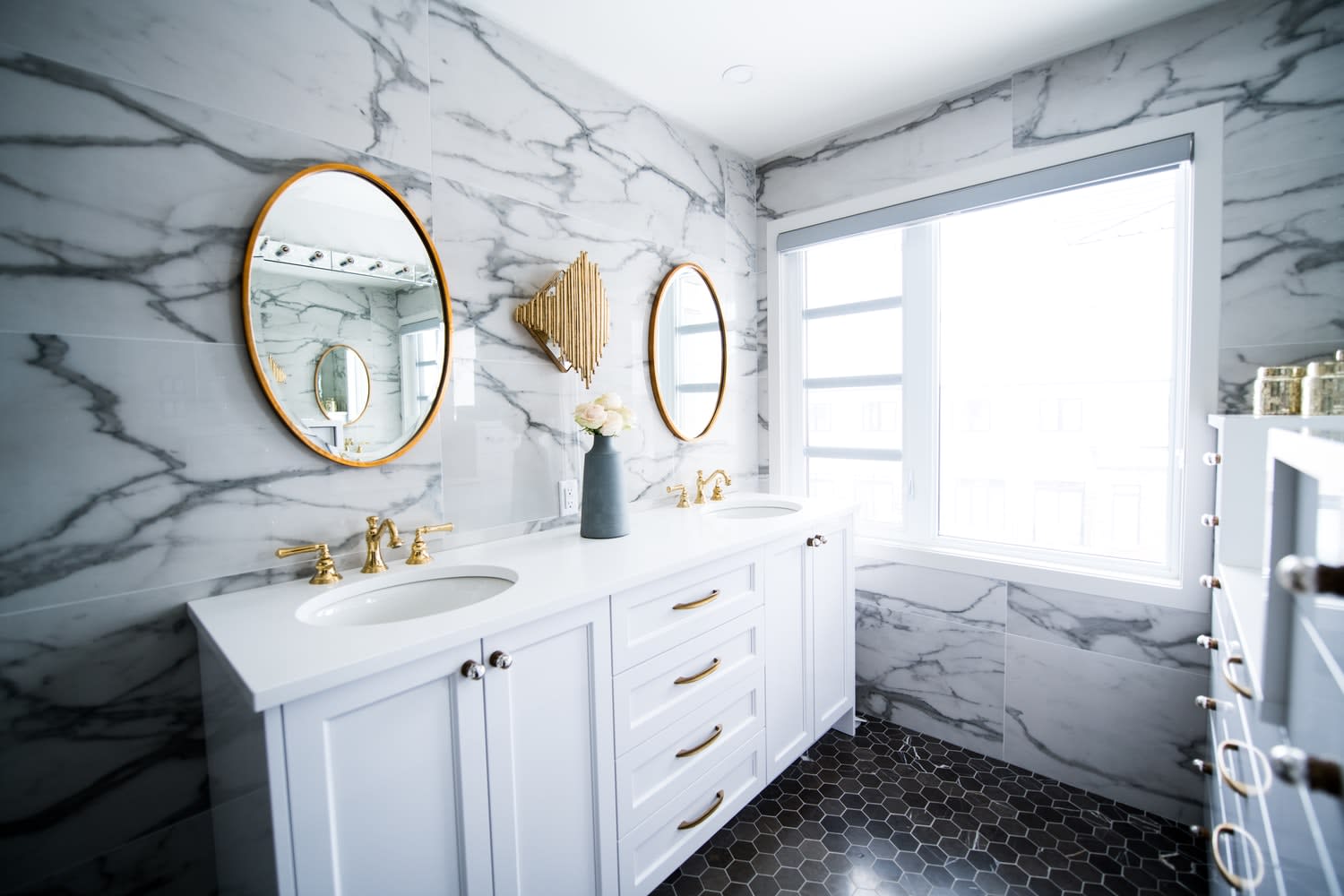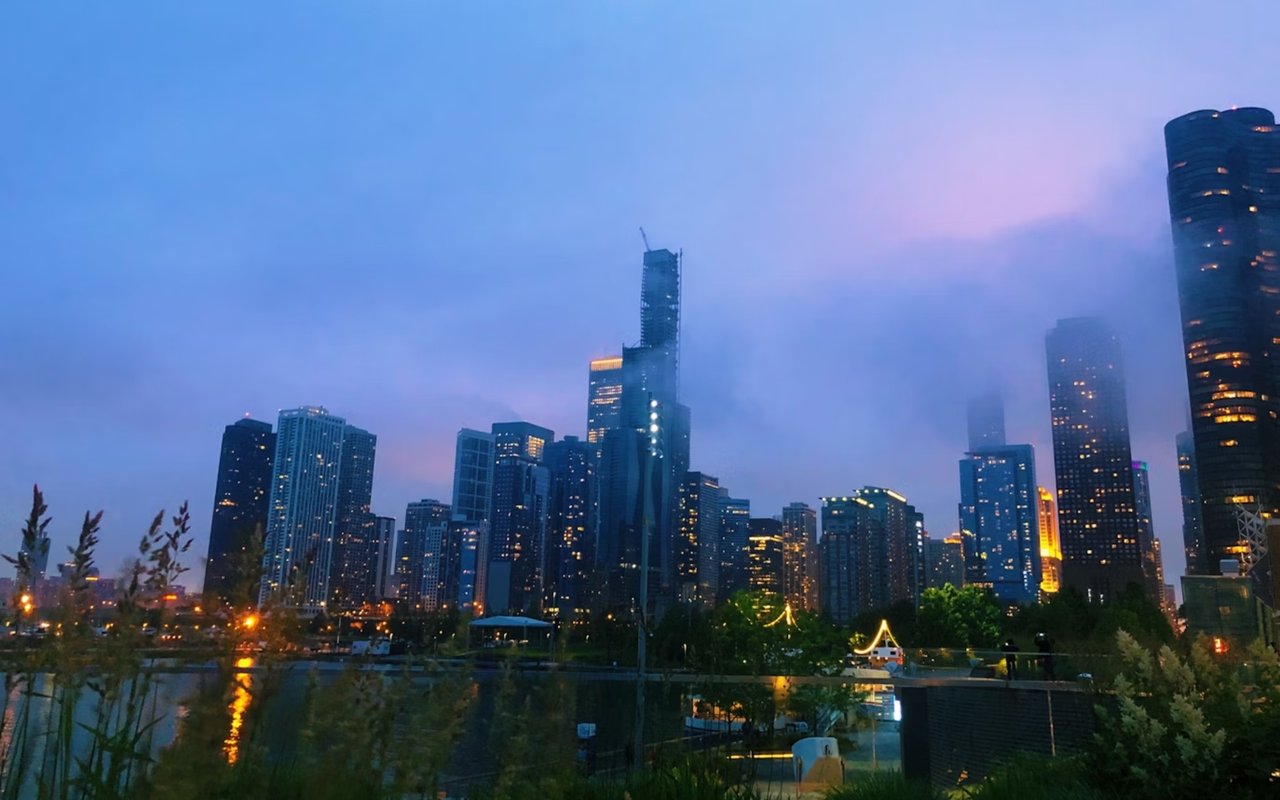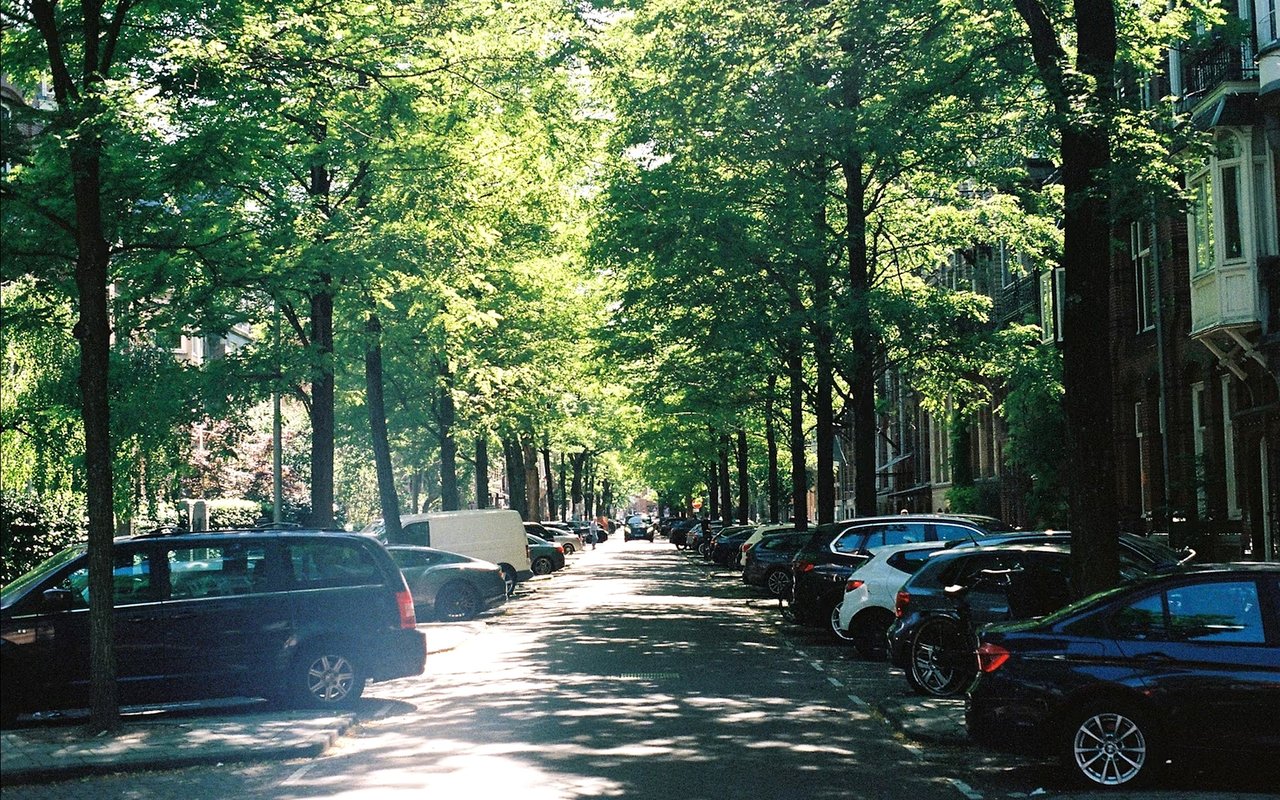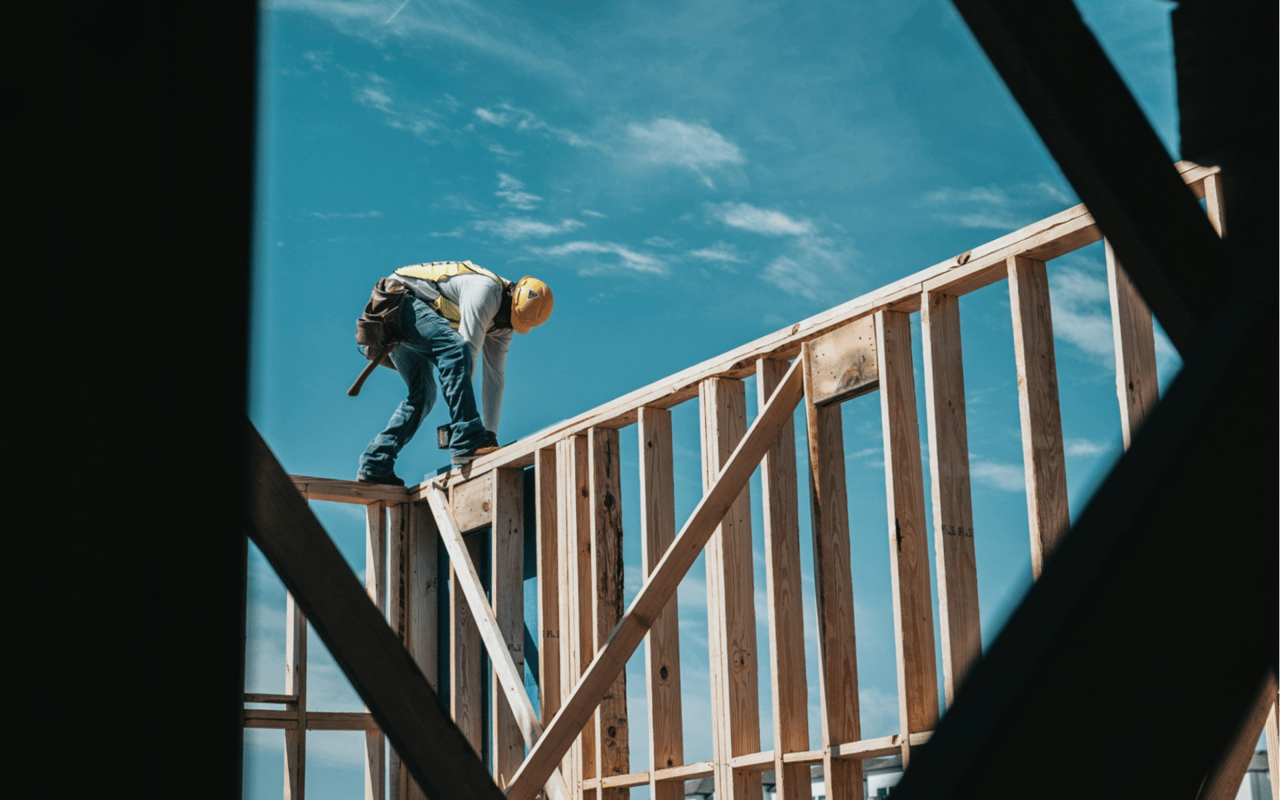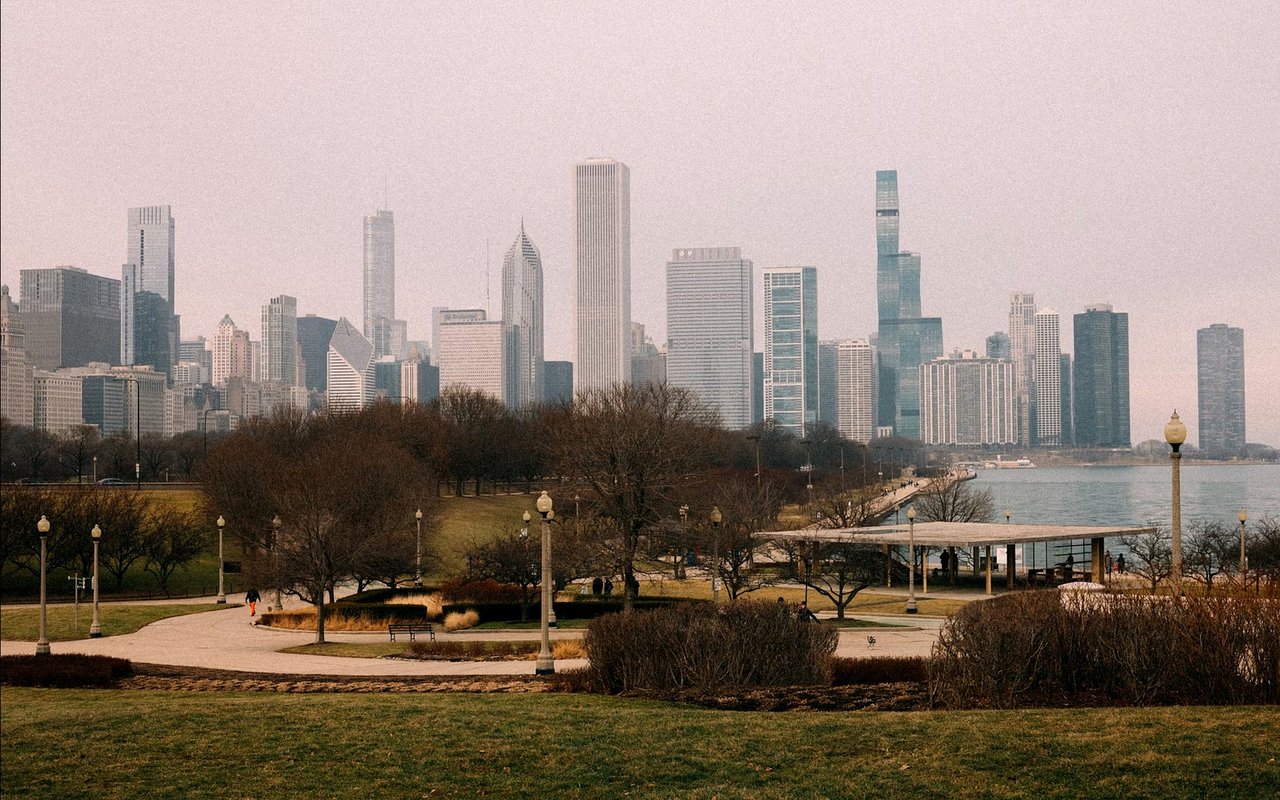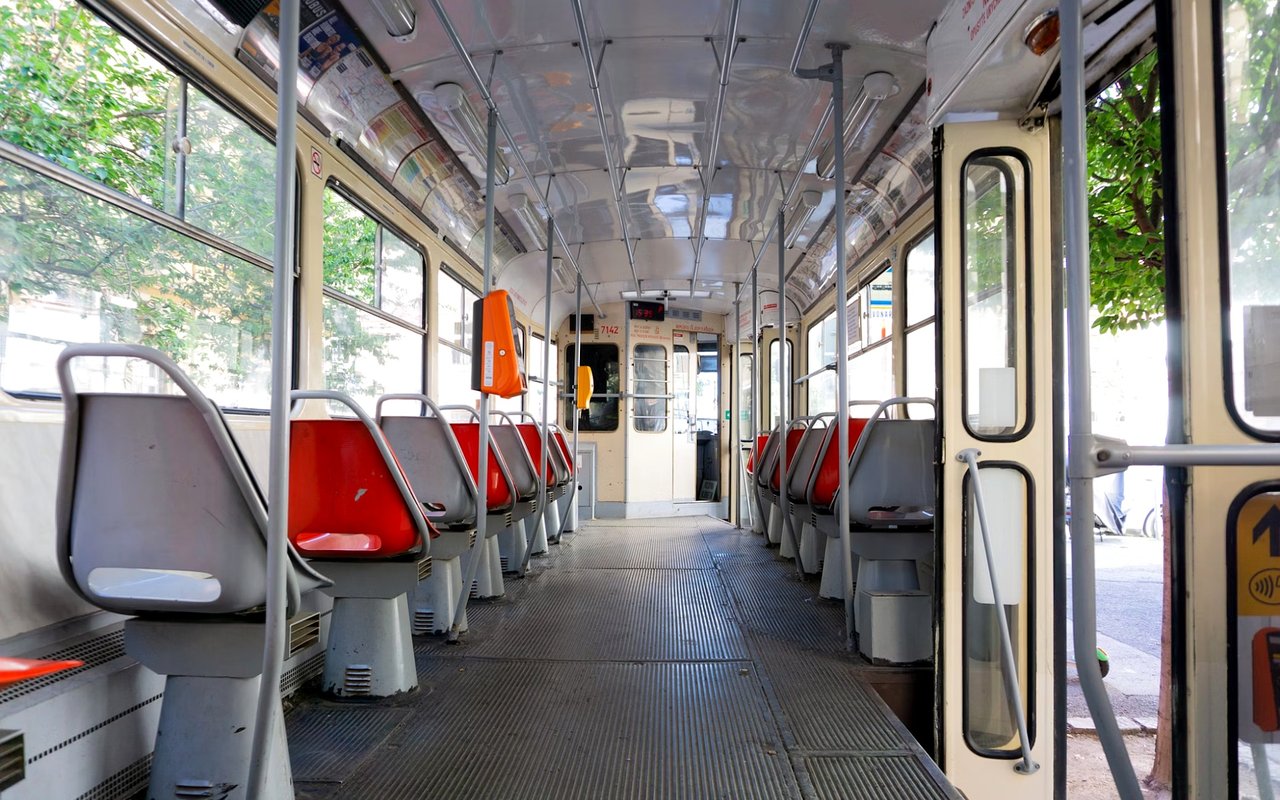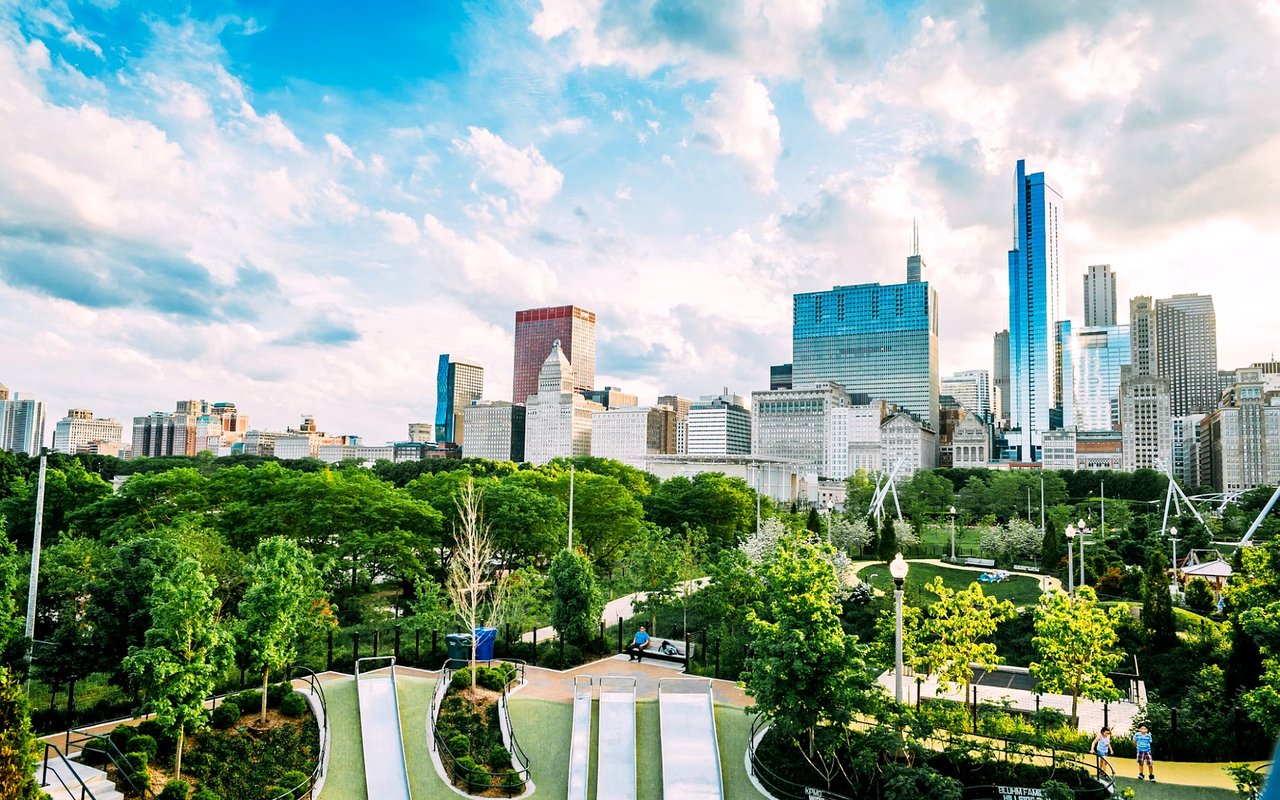Lincoln Park, a charming neighborhood on the north side of Chicago, boasts a rich collection of architectural gems reflecting the city's storied history and vibrant cultural scene.
From grand historic buildings to modern marvels, Lincoln Park is a treasure trove for architecture enthusiasts. Below, we explore six of this North Side neighborhood's most iconic architectural landmarks, each offering a glimpse into the diverse styles and historical significance that define this picturesque Chicago enclave.
Chicago History Museum
1601 N Clark StreetThe
Chicago History Museum stands as a testament to the city's rich past. Founded in 1856, this institution has undergone several transformations, including overcoming the Great Chicago Fire of 1871, which destroyed the institution's first building and much of its original collection. Opening its doors in 1932, the first iteration of the organization's current home is a Georgian Revival-style building overlooking Lincoln Park designed by architect Graham, Anderson, Probst & White and characterized by its symmetrical design, classical columns, and red brick façade.
An addition in 1972 brought a stoic, modern limestone-clad entrance to Clark Street. It was ultimately "wrapped" in glass and red brick during a 1988 expansion, bringing one of the city's most revered historical repositories into its current form. Inside, visitors are welcome to explore a vast array of exhibits that delve into Chicago's history, from its founding to its pivotal role in American history.
Elks National Memorial
2750 N. Lakeview AvenueThe
Elks National Memorial is a stunning example of Beaux-Arts architecture, a style known for its grandeur and classical influences. Designed by Egerton Swartwout and completed in 1926, this memorial honors the members of the Benevolent and Protective Order of Elks who served in World War I. The building features a magnificent rotunda with a soaring dome, intricate sculptures, and opulent marble interiors. The exterior is equally impressive, with its grand staircase, Indiana-limestone facade, and commanding presence overlooking Lincoln Park.
Biograph Theater
2433 N. Lincoln AvenueA classic example of early 20th-century movie house architecture, Chicago's celebrated
Biograph Theater is a beloved cultural icon that earned city landmark status in 2001. The theater, originally built in 1914, is best known for its association with infamous gangster John Dillinger, who was famously ambushed and killed by federal agents outside the theater in 1934.
In 2004, the venue, which includes notable elements such as a canopy marquee, free-standing ticket booth, recessed entrance, and storefront-width lobby, underwent a nearly $12 million restoration, allowing it to accommodate contemporary plays and performances. Retaining its classic architectural details, the Biograph is a must-visit for theater lovers and history buffs alike.
Lincoln Park Conservatory
2391 N Stockton DriveThe
Lincoln Park Conservatory is a true architectural gem and among the city's most recognizable landmarks, situated in the northern half of the expansive, 1,200-acre Lincoln Park. Designed by renowned architect Joseph Lyman Silsbee and completed between 1890 and 1895, this Victorian-era glasshouse is a marvel of engineering and design.
Covering roughly three acres, the conservatory features a series of interconnected glass pavilions and botanical gardens, each housing a different collection of exotic plants from around the world. The structure's intricate ironwork and elegant glass panels craft a serene, picturesque setting, perfect for a leisurely stroll through its lush, tropical landscapes.
Theurer-Wrigley House
2466 North Lakeview Avenue
A beautifully preserved example of Chicago's rich residential architecture, the Theurer-Wrigley House—also known as the Wrigley Mansion—is a stunning 13,000-square-foot Italian Renaissance mansion adjacent to Lincoln Park's North Pond Natural Area. Built in 1896 by architect Richard Schmidt, originally for brewery magnate Joseph Theurer, 15 years later, the house became the residence of William Wrigley Jr., the chewing gum magnate.
The mansion also boasts Baroque, terra-cotta elements, ornate stonework, Craftsman detailing, copious use of wood on floors, ceiling, and walls, and an approximately 1,500 square-foot ballroom occupying its top floor. The home is a testament to the opulence and grandeur of Chicago's Gilded Age.
Moody Church
1635 N La Salle DriveHome to a ministry that first took root in Chicago in 1856, the congregation found a permanent home 70 years later in Lincoln Park with the completion of the
Moody Church. One of Chicago's most mesmerizing religious landmarks, both then and now, the church was completed and dedicated in November 1925. Designed by architects Fugard and Knapp, the church's Romanesque Revival style is impressive on a number of fronts, including its rounded arches, towering facades, decorative brickwork, and ornate entrance.
The interior sanctuary is even more spectacular: a grand, horseshoe-shaped auditorium that contains a cantilevered upper balcony with a seating capacity approaching 4,000. It's the largest non-pillared auditorium in Chicago. The church's history and architecture make it a significant part of the neighborhood's cultural and spiritual landscape.
Start Your Residential Tour of Lincoln Park with a Trusted Team of Experts
Lincoln Park's architectural landmarks are a testament to Chicago's rich cultural heritage and diverse architectural landscape. Each building and historical monument tells a unique story, reflecting the city's evolution and the various influences shaping its development. Whether you're a history enthusiast, an architecture aficionado, or ready to discover your own personal Lincoln Park landmark, contact The Lowe Group today and allow
Chicago's number one real estate group to help you navigate the best
Lincoln Park homes for sale.
*Header Photo courtesy of Flickr



